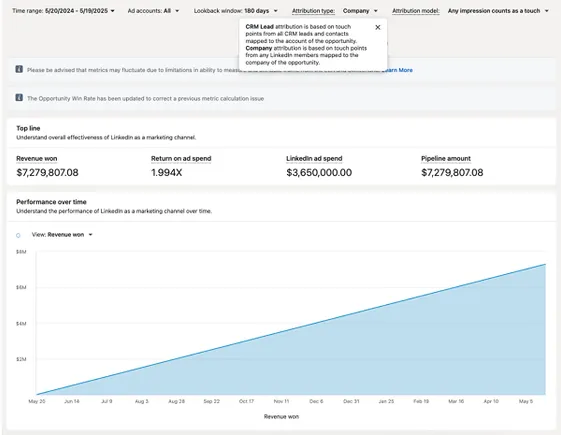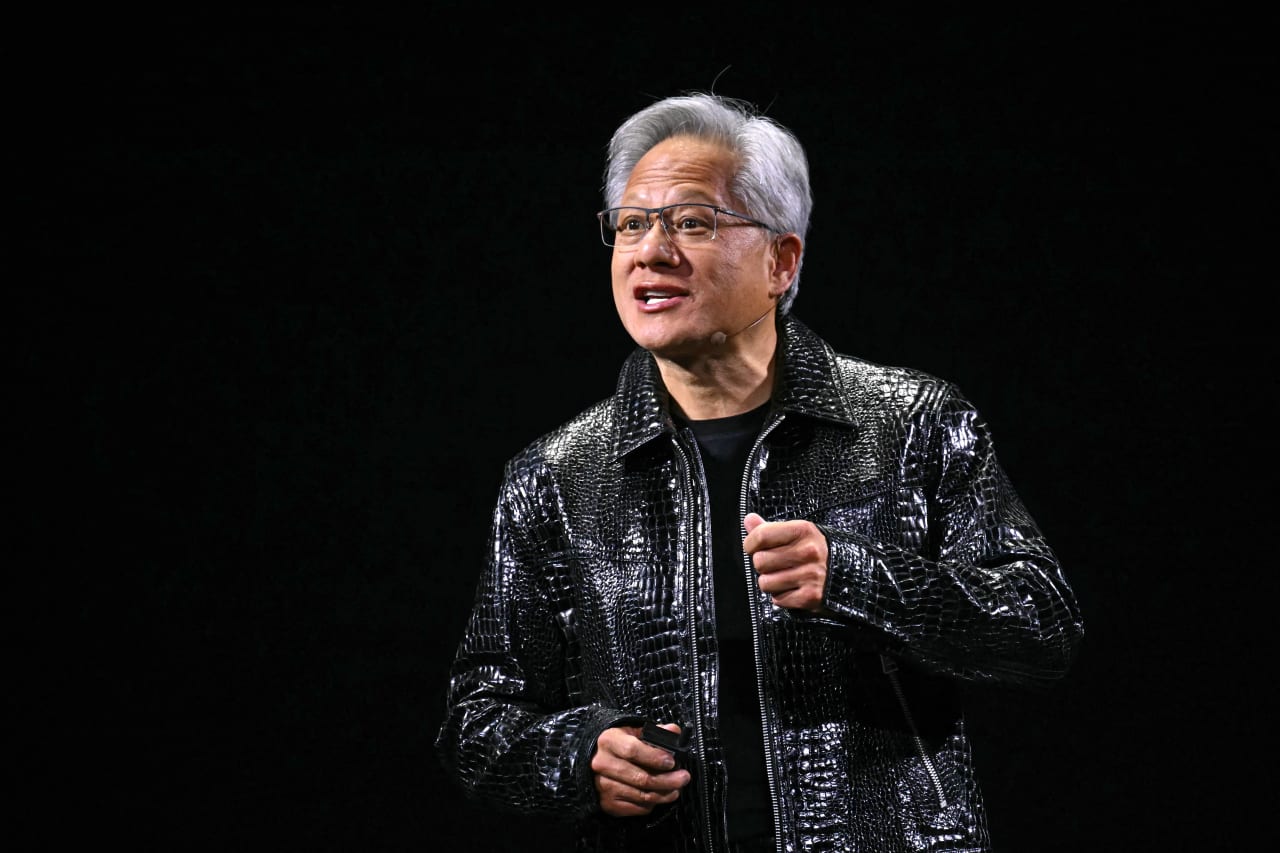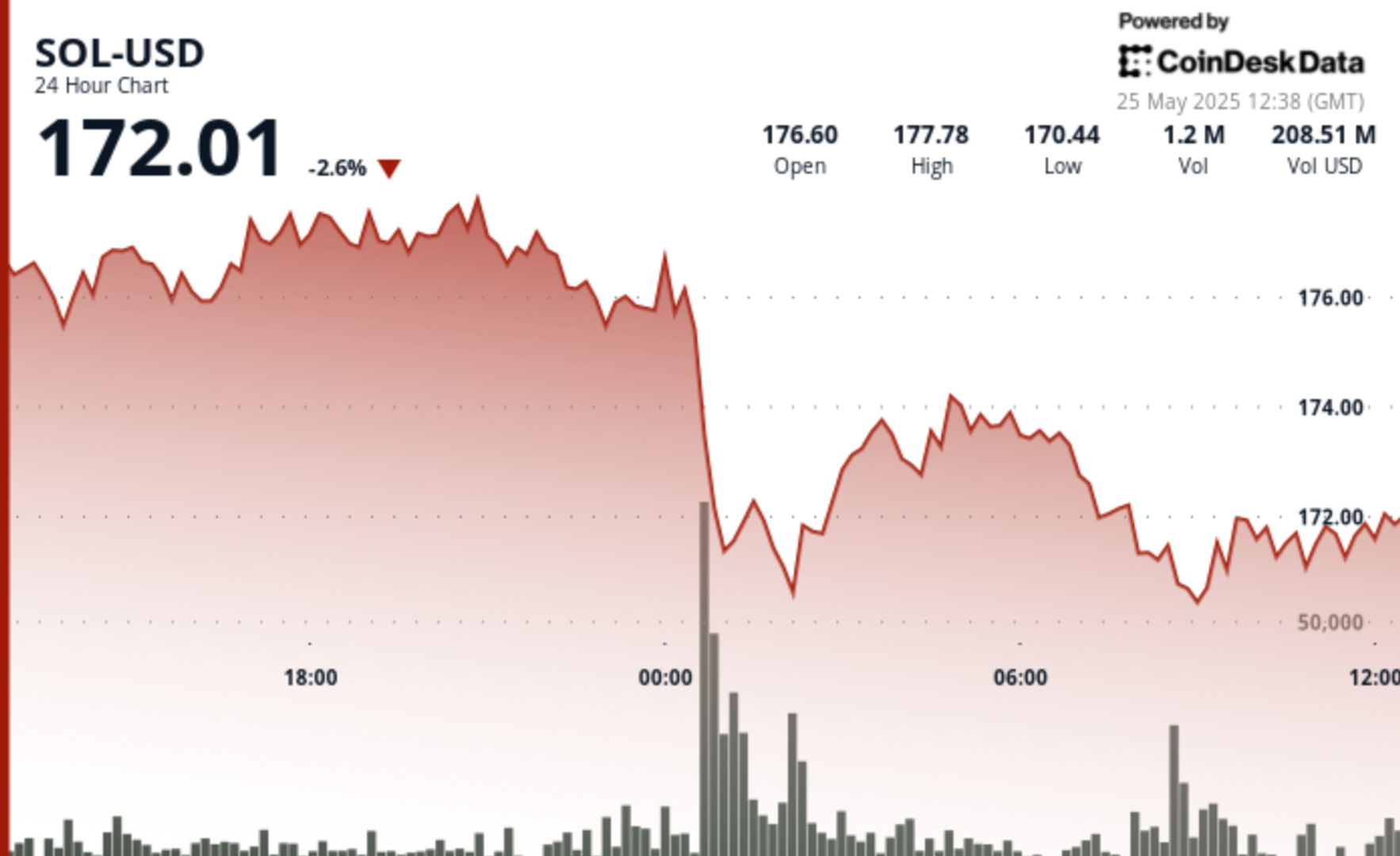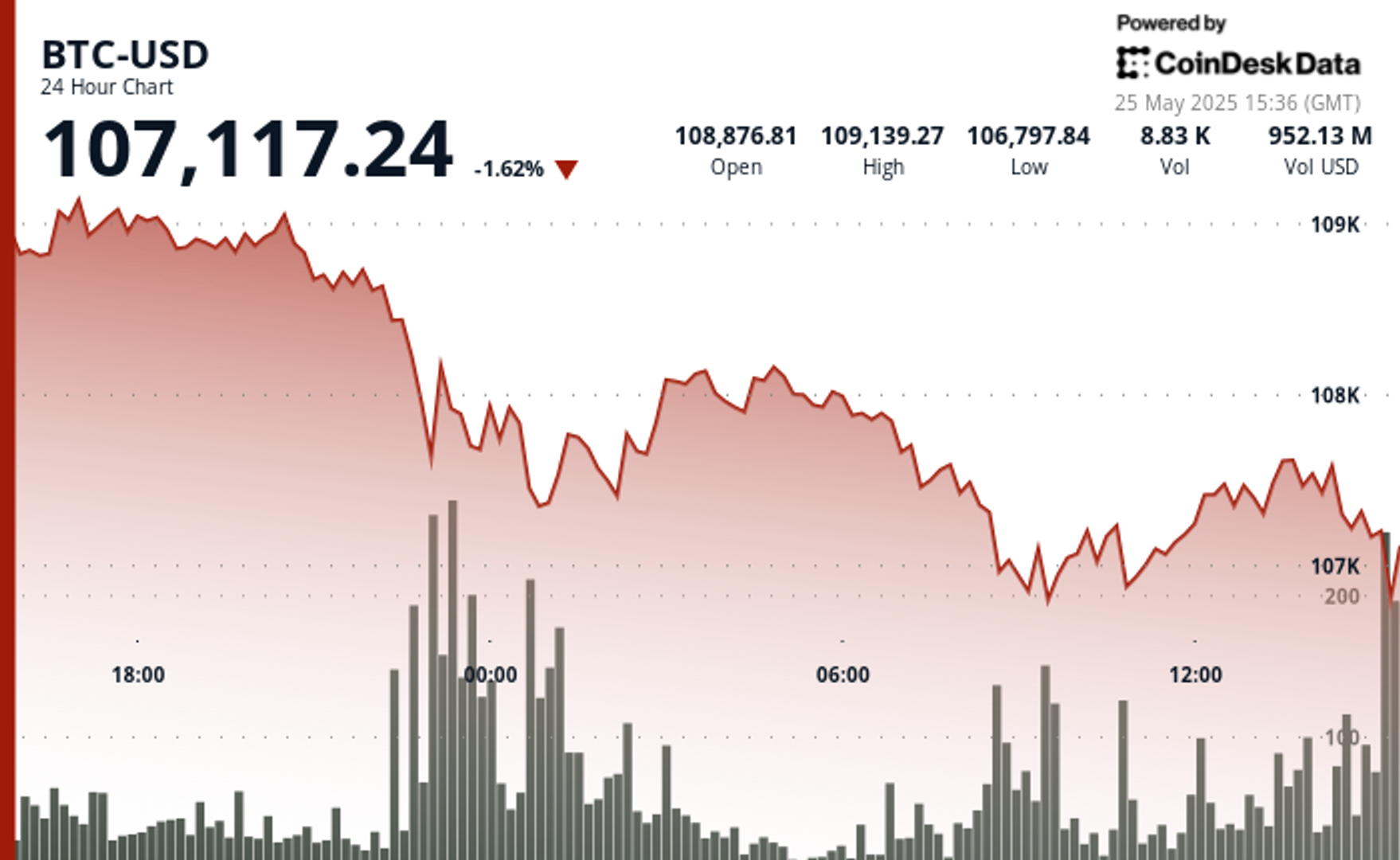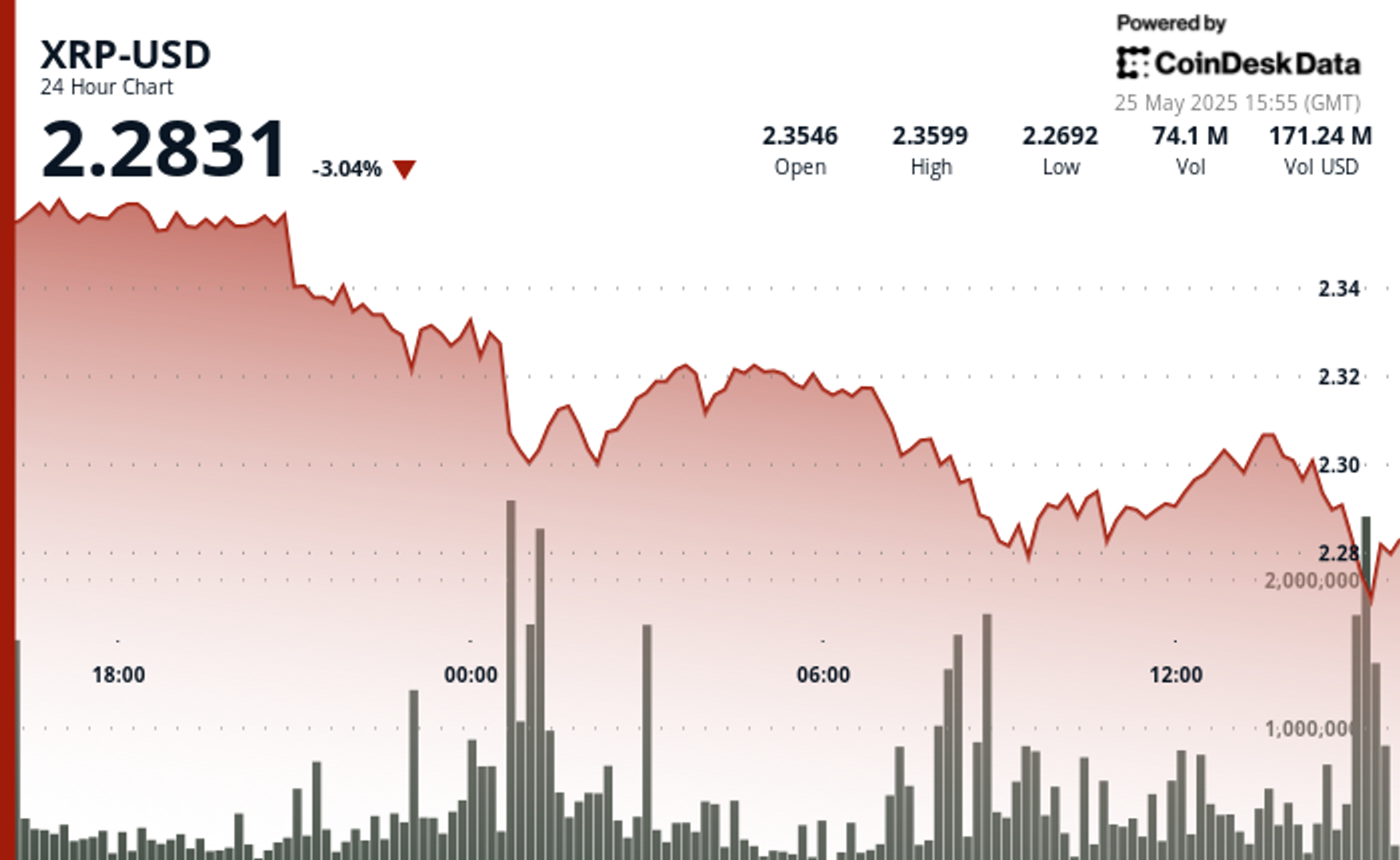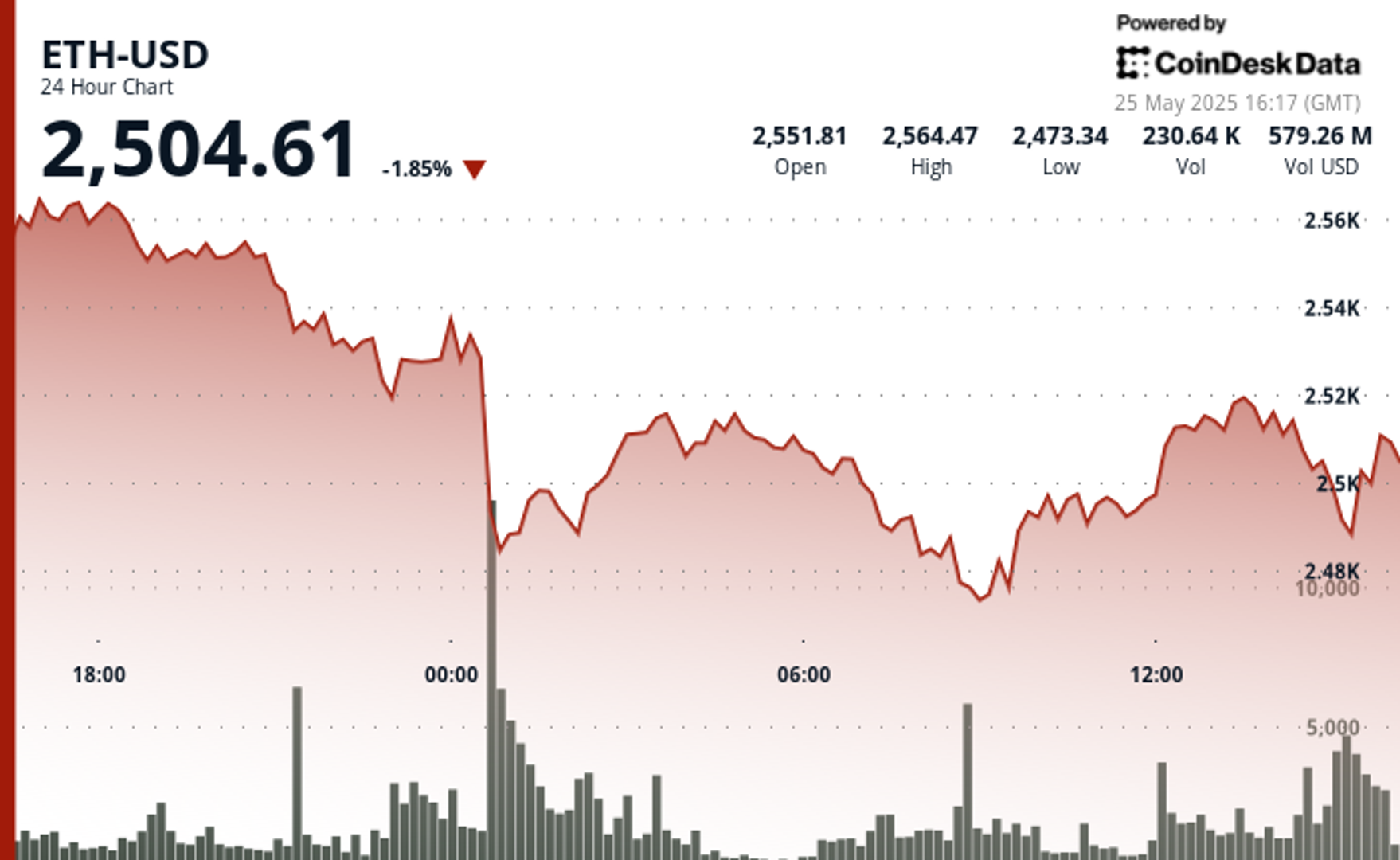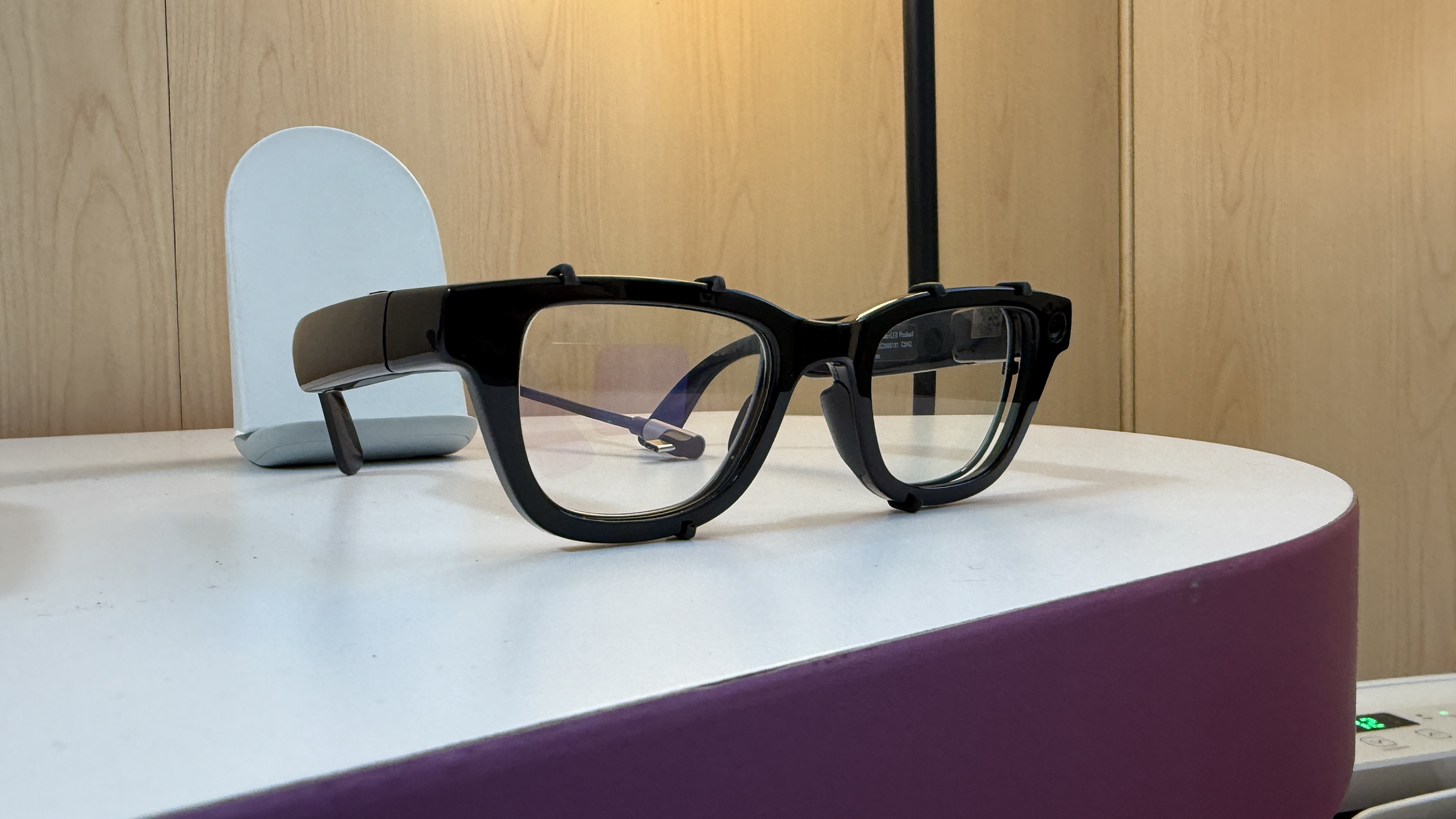Intel just greenlit a monstrous dual-GPU video card with 48GB of RAM just for AI - and here it is
Maxsun’s Intel Arc Pro B60 Dual GPU targets AI and workstation users with 48GB VRAM, low power draw, and a sub-$1,000 price point.
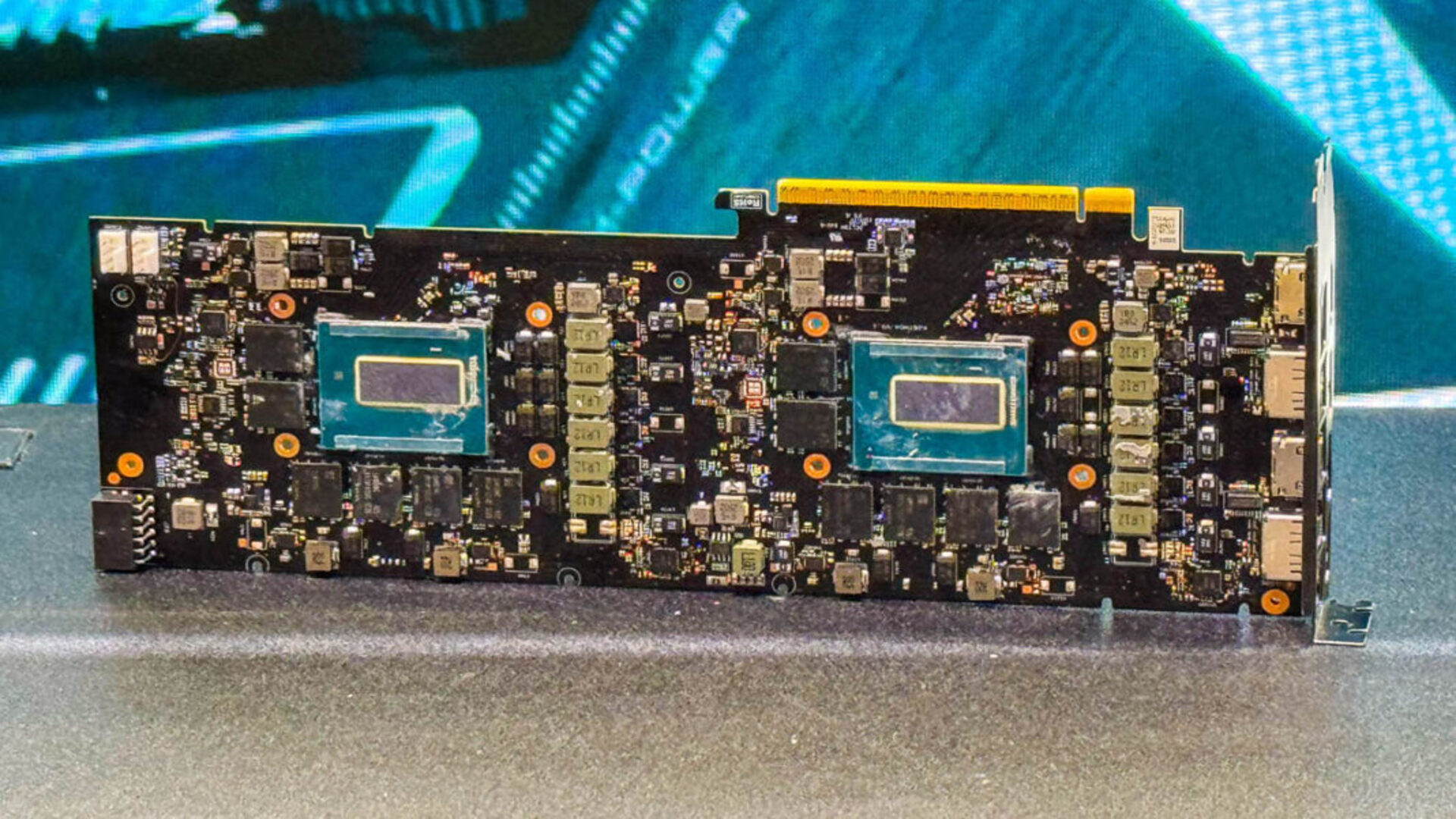
- Intel’s Arc Pro B60 Dual offers pro-grade memory at a fraction of Nvidia’s price
- This dual-GPU rig from Maxsun delivers workstation power
- Each GPU gets one DisplayPort and one HDMI, avoiding OS overload in multi-GPU workstations
At Computex 2025, Maxsun unveiled a striking new entry in the AI hardware space: the Intel Arc Pro B60 Dual GPU, a graphics card pairing two 24GB B60 chips for a combined 48GB of memory.
Servethehomeclaims Maxsun envisions these cards powering dense workstation builds with up to four per system, yielding as much as 192GB of GPU memory in a desktop-class machine.
This development appears to have Intel's implicit approval, suggesting the company is looking to gain traction in the AI GPU market.
A dual-GPU card built for AI memory demands
The Arc Pro B60 Dual GPU is not designed for gaming. Instead, it focuses on AI, graphics, and virtualization tasks, offering a power-efficient profile.
Each card draws between 240W and 300W, keeping power and thermal demands within reach for standard workstation setups.
Unlike some alternatives, this card uses a blower-style cooler rather than a passive solution, helping it remain compatible with conventional workstation designs. That matters for users who want high-end performance without building custom cases or cooling systems.
Still, the architecture has trade-offs. The card relies on x8 PCIe lanes per GPU, bifurcated from a x16 connector. This simplifies design and installation but limits bandwidth compared to full x16 cards.
Each GPU also includes just one DisplayPort and one HDMI output. That design choice keeps multi-GPU setups manageable and avoids hitting OS-level limits, older Windows versions, for example, may have trouble handling more than 32 active display outputs in a single system.
The card’s most intriguing feature may be its pricing. With single-GPU B60 cards reportedly starting around $375 MSRP, the dual-GPU version could land near $1,000.
If that estimate holds, Maxsun’s card would represent a major shift in value. For comparison, Nvidia’s RTX 6000 Ada, with the same 48GB of VRAM, sells for over $5,500. Two of those cards can push costs north of $18,000.
Even so, Intel’s performance in professional applications remains an open question. Many creative professionals still favor Nvidia for its mature drivers and better software optimization.
You might also like
- These are the best AMD graphics cards you can buy now
- Take a look at the best mini PCs we've rounded up
- Rethinking power: how AI is reshaping energy demands in data centers





